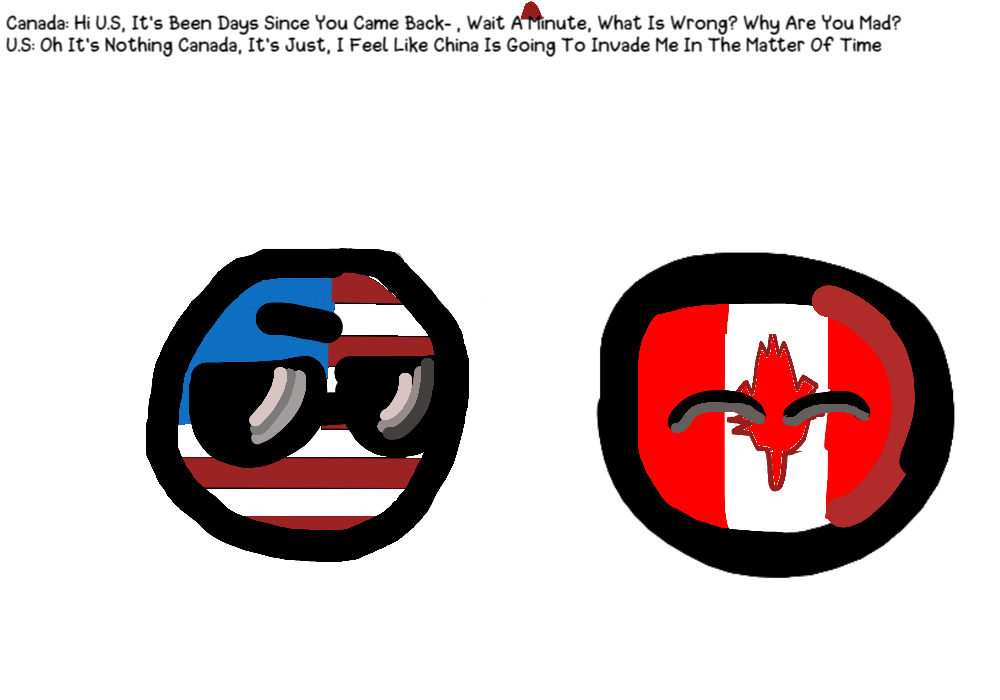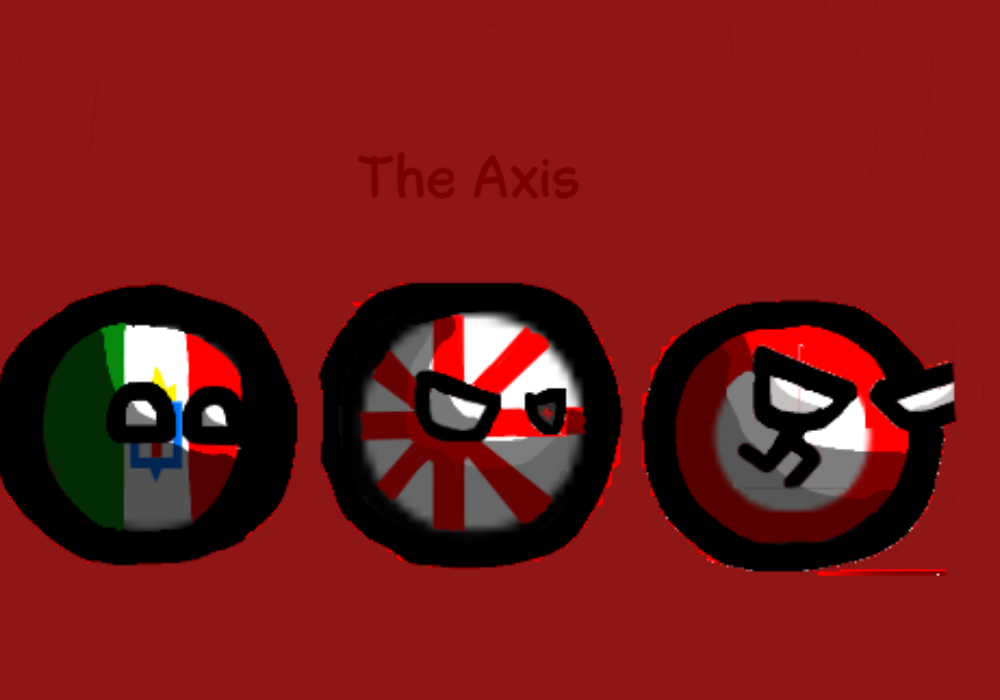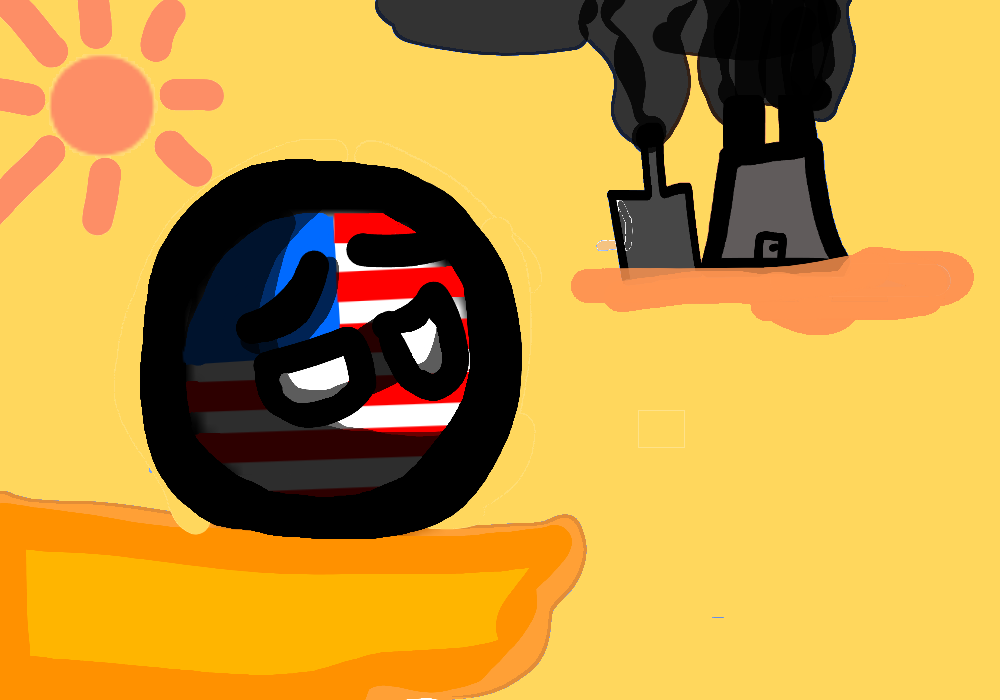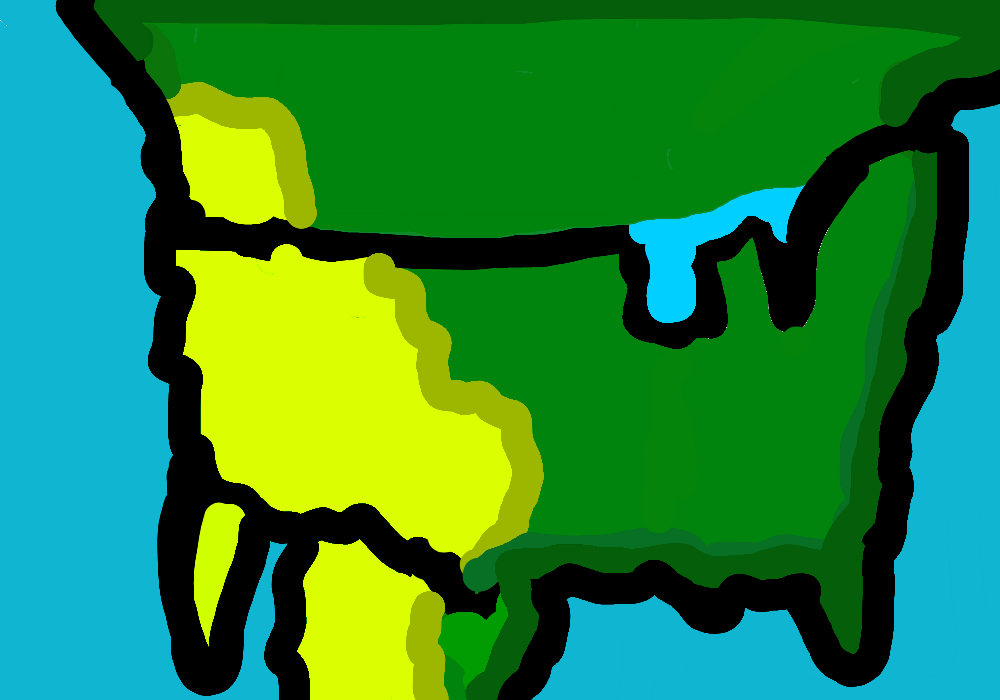
@Justin14
52 followers
161 following
The Flag Of Czech Republic
Archaeologists have found evidence of prehistoric human settlements in the area, dating back to the Paleolithic era.[citation needed]
In the classical era, as a result of the 3rd century BC Celtic migrations, Bohemia became associated with the Boii.[37] The Boii founded an oppidum near the site of modern Prague.[38] Later in the 1st century, the Germanic tribes of the Marcomanni and Quadi settled there.[39]
Slavs from the Black Sea–Carpathian region settled in the area (their migration was pushed by an invasion of peoples from Siberia and Eastern Europe into their area:[40] Huns, Avars, Bulgars and Magyars).[41] In the sixth century, the Huns had moved westwards into Bohemia, Moravia, and some of present-day Austria and Germany.[41]
During the 7th century, the Frankish merchant Samo, supporting the Slavs fighting against nearby settled Avars,[42] became the ruler of the first documented Slavic state in Central Europe, Samo's Empire. The principality of Great Moravia, controlled by Moymir dynasty, arose in the 8th century.[43] It reached its zenith in the 9th (during the reign of Svatopluk I of Moravia), holding off the influence of the Franks. Great Moravia was Christianized, with a role being played by the Byzantine mission of Cyril and Methodius. They codified the Old Church Slavonic language, the first literary and liturgical language of the Slavs, and the Glagolitic script.[44]
Bohemia
Main article: Bohemia
The Crown of Bohemia within the Holy Roman Empire (1600). The Czech lands were part of the Empire in 1002–1806, and Prague was the imperial seat in 1346–1437 and 1583–1611.
The Duchy of Bohemia emerged in the late 9th century when it was unified by the Přemyslid dynasty. Bohemia was from 1002 until 1806 an Imperial Estate of the Holy Roman Empire.[45]
In 1212, Přemysl Ottokar I extracted the Golden Bull of Sicily from the emperor, confirming Ottokar and his descendants' royal status; the Duchy of Bohemia was raised to a Kingdom.[46] German immigrants settled in the Bohemian periphery in the 13th century.[47] The Mongols in the invasion of Europe carried their raids into Moravia but were defensively defeated at Olomouc.[48]
After a series of dynastic wars, the House of Luxembourg gained the Bohemian throne.[49]
Efforts for a reform of the church in Bohemia started already in the late 14th century. Jan Hus' followers seceded from some practices of the Roman Church and in the Hussite Wars (1419–1434) defeated five crusades organized against them by Sigismund. During the next two centuries, 90% of the population in Bohemia and Moravia were considered Hussites. The pacifist thinker Petr Chelčický inspired the movement of the Moravian Brethren (by the middle of the 15th century) that completely separated from the Roman Catholic Church.[50]
In the classical era, as a result of the 3rd century BC Celtic migrations, Bohemia became associated with the Boii.[37] The Boii founded an oppidum near the site of modern Prague.[38] Later in the 1st century, the Germanic tribes of the Marcomanni and Quadi settled there.[39]
Slavs from the Black Sea–Carpathian region settled in the area (their migration was pushed by an invasion of peoples from Siberia and Eastern Europe into their area:[40] Huns, Avars, Bulgars and Magyars).[41] In the sixth century, the Huns had moved westwards into Bohemia, Moravia, and some of present-day Austria and Germany.[41]
During the 7th century, the Frankish merchant Samo, supporting the Slavs fighting against nearby settled Avars,[42] became the ruler of the first documented Slavic state in Central Europe, Samo's Empire. The principality of Great Moravia, controlled by Moymir dynasty, arose in the 8th century.[43] It reached its zenith in the 9th (during the reign of Svatopluk I of Moravia), holding off the influence of the Franks. Great Moravia was Christianized, with a role being played by the Byzantine mission of Cyril and Methodius. They codified the Old Church Slavonic language, the first literary and liturgical language of the Slavs, and the Glagolitic script.[44]
Bohemia
Main article: Bohemia
The Crown of Bohemia within the Holy Roman Empire (1600). The Czech lands were part of the Empire in 1002–1806, and Prague was the imperial seat in 1346–1437 and 1583–1611.
The Duchy of Bohemia emerged in the late 9th century when it was unified by the Přemyslid dynasty. Bohemia was from 1002 until 1806 an Imperial Estate of the Holy Roman Empire.[45]
In 1212, Přemysl Ottokar I extracted the Golden Bull of Sicily from the emperor, confirming Ottokar and his descendants' royal status; the Duchy of Bohemia was raised to a Kingdom.[46] German immigrants settled in the Bohemian periphery in the 13th century.[47] The Mongols in the invasion of Europe carried their raids into Moravia but were defensively defeated at Olomouc.[48]
After a series of dynastic wars, the House of Luxembourg gained the Bohemian throne.[49]
Efforts for a reform of the church in Bohemia started already in the late 14th century. Jan Hus' followers seceded from some practices of the Roman Church and in the Hussite Wars (1419–1434) defeated five crusades organized against them by Sigismund. During the next two centuries, 90% of the population in Bohemia and Moravia were considered Hussites. The pacifist thinker Petr Chelčický inspired the movement of the Moravian Brethren (by the middle of the 15th century) that completely separated from the Roman Catholic Church.[50]
Other Minitoons by @Justin14








































































































